The soil, as is known, is the basis of the foundations of everything living and developing on our planet, the basis of life. In order not to run out of its strength, the fertility of the soil must be constantly restored, and the most important workers in this direction are earthworms. All ingenious is extremely simple - the quality of lands, their fertility and high yields of crops directly depend on the product of the vital activity of an ordinary earthworm. How to breed it at home, how and what to feed and what care to carry out, we describe next.
Table of contents
Reasons for breeding earthworms at home
Diluting worms at home is not at all difficult. And the case can become a very serious business, and there are at least two good reasons for this:
- creeping breed very quickly, recruit useful biomass and are an excellent feed for poultry (poultry farms, farms engaged in breeding poultry and producing eggs);
- the product of active life is biohumus - the most high-quality and environmentally friendly fertilizer for farms and greenhouses.
In addition, in pharmacology, these animal organisms are also used for the manufacture of drugs. The use of biohumus on personal plots and in the household will significantly increase the egg production of birds, soil fertility, increase the yield of vegetables and fruits without the use of chemical fertilizers.
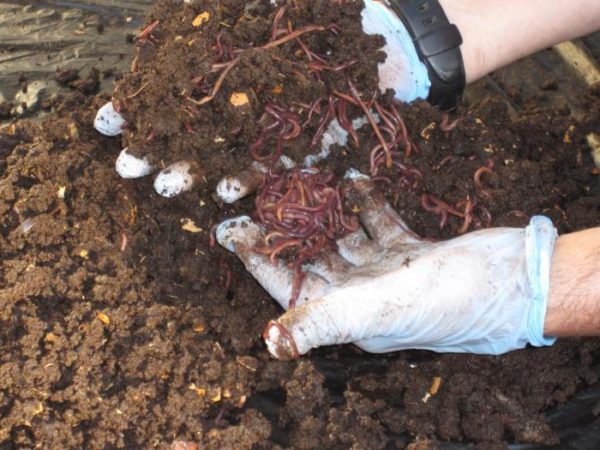
Types of annelids
The most common common representative of the setae ringed individuals is the earthworm. But it is they who are freely found in nature, the least suitable for reproduction in artificial conditions. Representatives of this subspecies breed rather slowly, hardly adapt to new conditions and to unfamiliar food, they live relatively little. They, perhaps, are suitable only for breeding for their own needs personal backyard farming.
For industrial cultivation and production of biohumus, a Russian scientist, Professor Igonin A. M. developed a special breed "Prospector". By crossing different breeds living in sufficiently distant from each other species, he was able to get individuals with completely new qualities:
- long life expectancy - from 4 to 16 years;
- multiplies rapidly;
- easily transfers feed changes (any kind of food can be applied - from fallen leaves and grass to human food waste).
Another variety that meets industrial requirements is the red California worm. Individuals of KCH also multiply very quickly, increase the useful mass, process various organic human waste into biohumus, serve as an excellent protein feed for agricultural and fish farms.
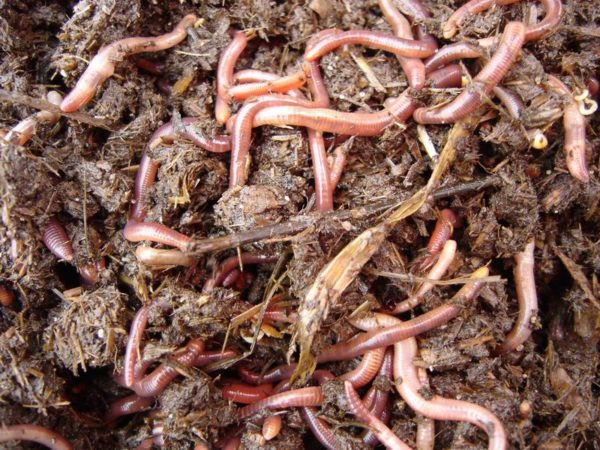
Household breeding technology
Necessary equipment and place for breeding
If you decide to start breeding worms, you must first carry out the preparatory work - select and prepare a place or container. Wooden, plastic or cardboard boxes can serve as a container (it is clear that the cardboard container will have to be changed often), piles.
They are placed in a shed, garage, any other specially designated place where it is possible to meet the necessary conditions - the substrate humidity is at least 70-80% and the temperature is from 12-15aboutFrom up to 22-24aboutC. You can breed worms and in the usual compost heap, pit.
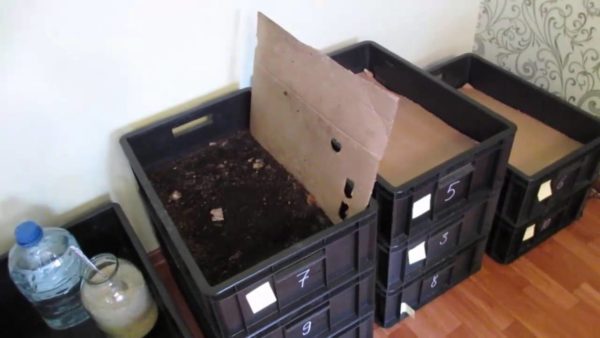
One of the convenient options is to use two or three perforated boxes placed on top of each other. The bottom is with holes along the perimeter at the top of the sides. This box is designed for vermiche - the liquid component of biohumus. A box with perforated walls and a bottom is placed on top of it, a nutrient medium for worms is placed in it and individuals are settled, the boxes need to be covered with burlap or another “breathing” cloth, as creepy like dark and damp places.
Making chervyatnik
You can breed individuals on the street, right in the garden, separating a certain place for this and protecting it with boards or other material at hand.
The approximate dimensions of the chervyatnik: width 1-1,2m, height 30-40cm, length arbitrary. At the bottom of a thick layer compost is laid, leveled and well moistened. Then for 5-7 days the compost pile needs to be covered with a breathable material.
This may be old burlap, cardboard, a layer of straw, which must be watered from time to time with rain or well-settled water (at least 2-3 days).
After a week on every square. a hole is made in which the creeps are placed, and again the chervyatnik is covered with an air-permeable material.
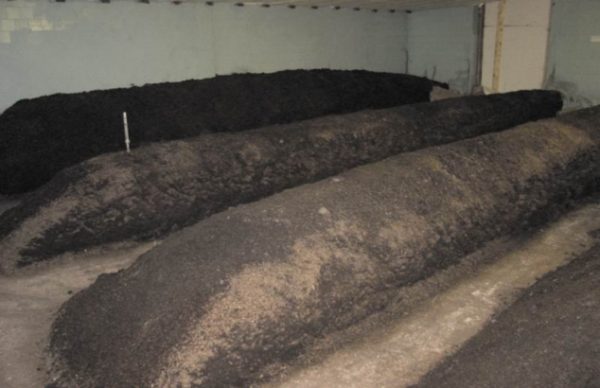
Compost preparation
As compost for laying in boxes or pits, you can use a mixture of rotted manure, bird droppings, peat, straw, leaves and stems of vegetable crops and weeds, chopped egg shells and food waste.
All organic materials suitable for cultivation are collected on a heap (or in a specially designated place), covered and, occasionally moistened, kept for 1.5-2 months.
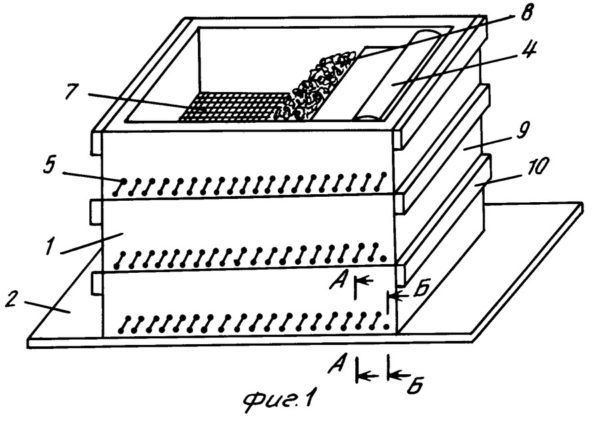
Own vermferm
If you decide to acquire your own small vermiferma, then, first of all, you need to arrange a place for the maintenance of worms, stock up on packaging, prepare the compost and provide comfortable conditions for breeding.
Crucial to buying a breeding stock. The most suitable species, as already mentioned, are California red worms or prospectors. One family is 1500 individuals. In order to populate 1 cu. m compost need 1-3 family uterine population.
Check in at a new place must be carried out with great care. First, in a small amount of prepared soil in a separate dish, few individuals are started, the soil is leveled and the dishes are closed. After a couple of days you need to add a little feed. If all the worms are active, mobile, with a characteristic red color, the entire population can be settled. If dead individuals are found, it is necessary to correct the acidity of the soil (the most favorable is considered to be an environment with an acid index of 6.5-7.5 PH).
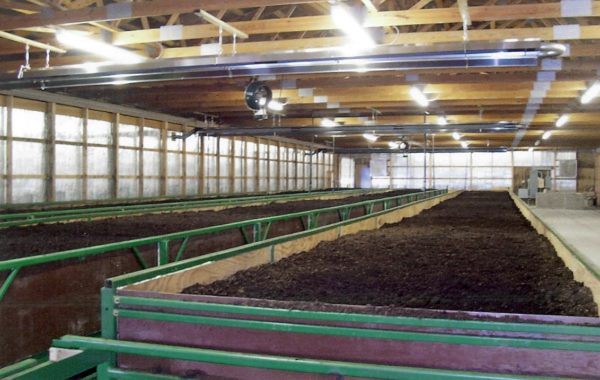
How to feed earthworms
Earthworms are true vegetarians and they do not tolerate protein foods: meat, fish, eggs. When buying a breeding stock, it is necessary to find out what the seller was feeding their wards, because the most familiar is the food that they tried "from birth". Nevertheless, they quickly get used to new feeds, especially the Miners. It takes some time to get used to a certain type of feed, so new components should be introduced into the food base gradually, allowing the worms to adjust.
Planting residues, potato peelings, cabbage leaves, various food waste from the kitchen of plant origin, tea and coffee grounds, straw, grass, and dry bread are suitable as top dressing. Only everything that you add to the compost heap should be crushed for easier and quicker creeping processing. Otherwise, the process of acidification, fermentation or rotting of products may begin.
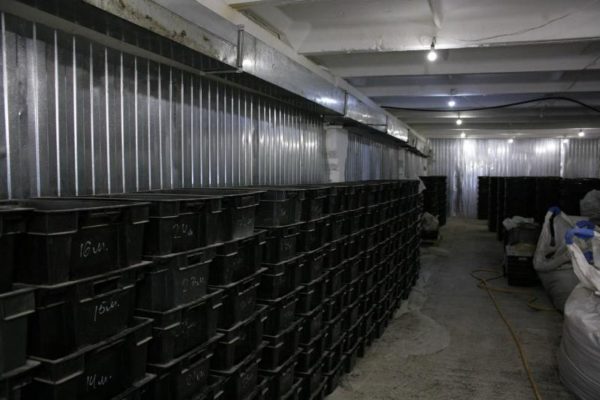
Care and reproduction
The main care on vermifermes or in chervyatniki consists in observing the temperature regime, timely feeding, and preserving the level of humidity when irrigating with warm rainwater or distilled water.
Being in favorable conditions, the worms begin to multiply. In the compost, they lay cocoons - small balls of yellow-sand color. Each of the cocoons contains several eggs, of which 2-3 weeks later, small worms appear, and after 7–8 weeks they themselves are ready to produce offspring. Unsurpassed leaders in the rate of reproduction are the Miners - one individual in a year produces offspring of 1500 individuals.
Possible markets
Growing worms can really become a profitable business if you worry in advance about the market for processed products and increased livestock.
- Biohumus is an environmentally friendly fertilizer, highly effective in terms of increasing crop yields, growing seedlings, flowers, etc. Therefore, consumers of biohumus can be farms, greenhouses, flower greenhouses, as well as private entrepreneurs engaged in plant breeding.
- Live biomass is a valuable nutrient protein food for poultry farms and poultry farms.
- Live food in the form of worms is an indispensable nutritional product for fish farms.
- Worms are in great demand as pet food at zoological stores.
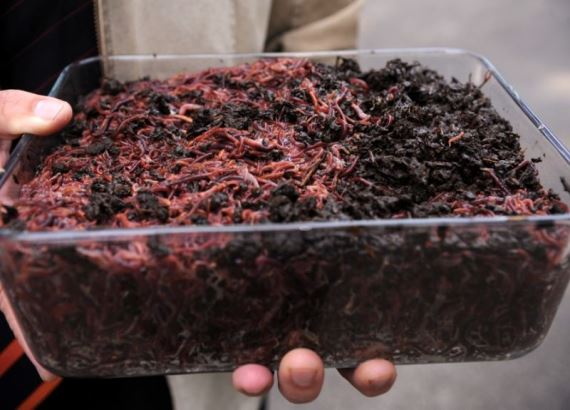
Production profitability
According to estimates of farmers engaged in the breeding of the earthworm, the profitability of the vermfer is within 150%. One Prospector for a year gives birth to 1500 individuals and about 100 kg of the most valuable fertilizer - biohumus. From 1 ton of harvested compost, you can get up to 600 kg of high-quality fertilizer and 10-15 kg of new individuals.
Worm breeding and biohumus farms are not only profitable and profitable housekeeping, but also enriching the environment with useful substances, the possibility of obtaining ecologically clean food.
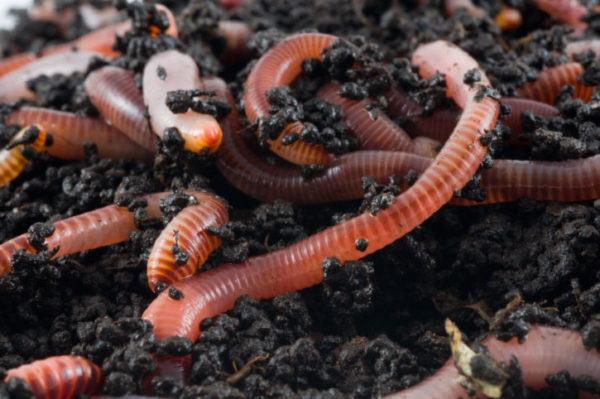
I like the idea for business you can try